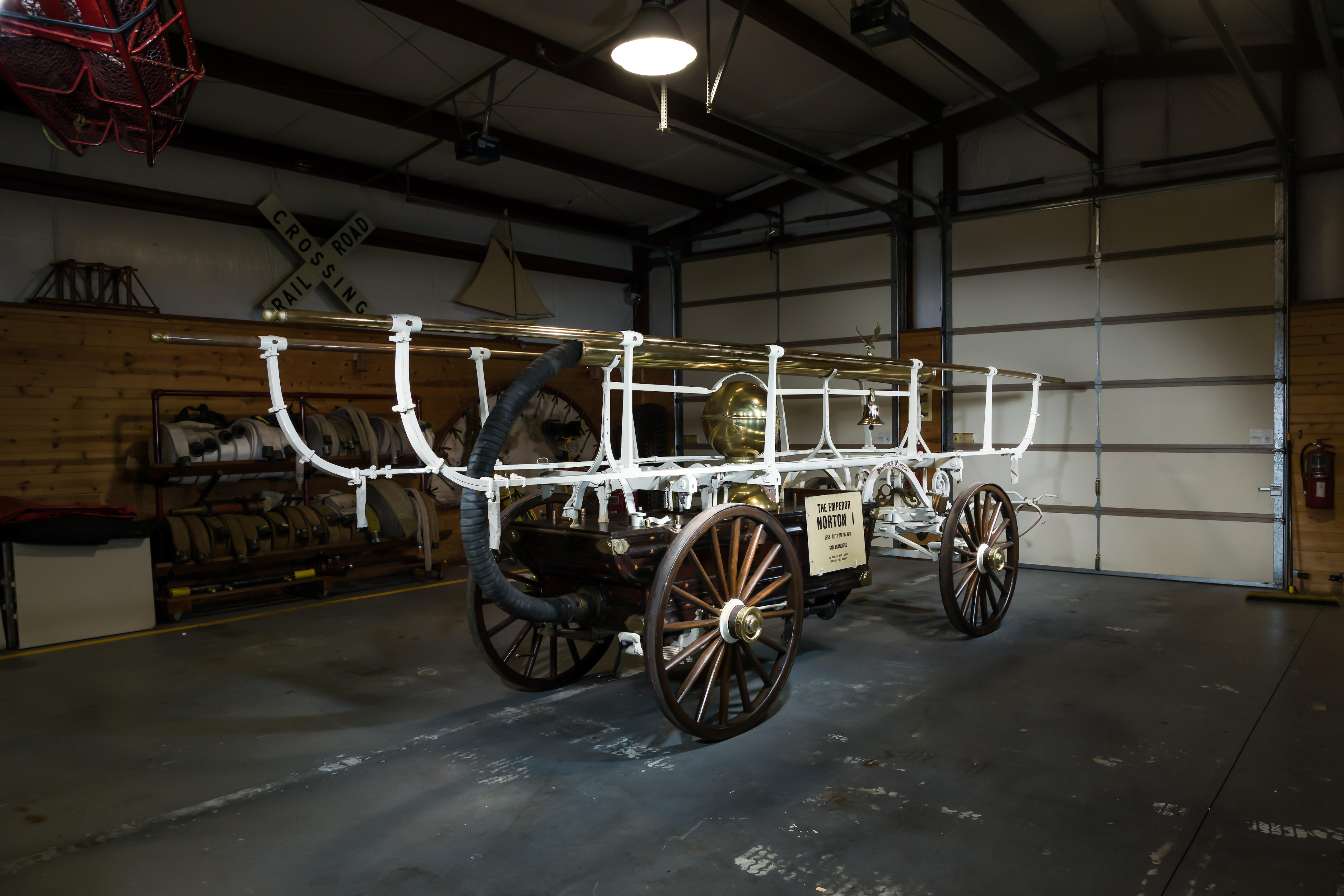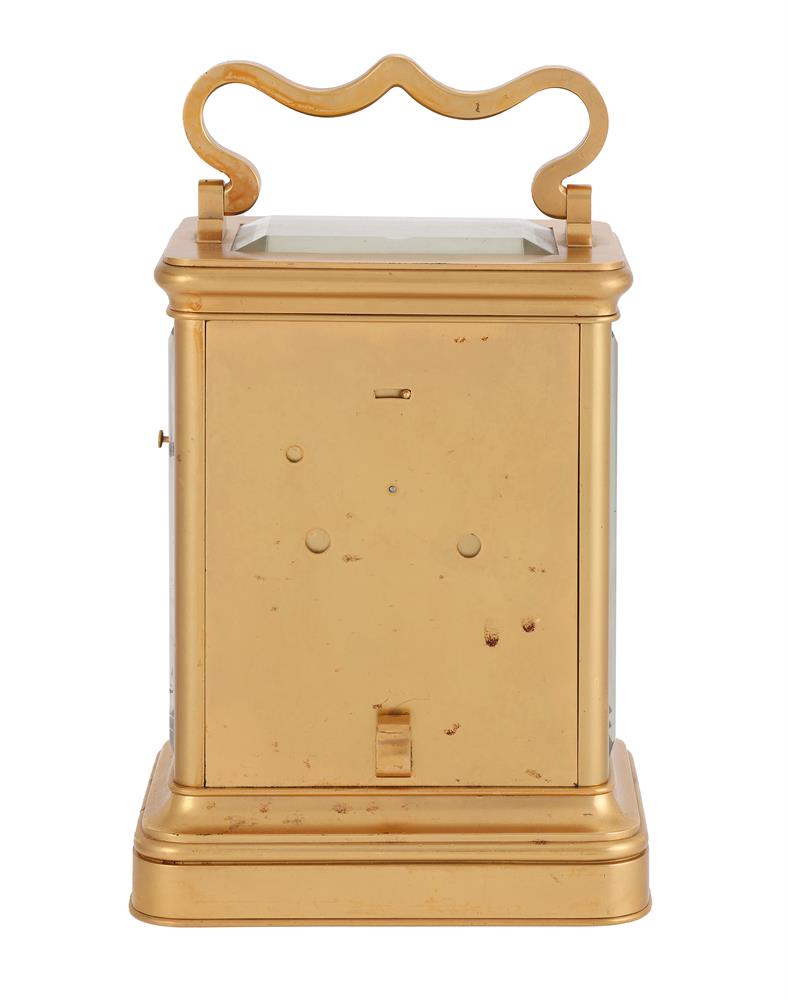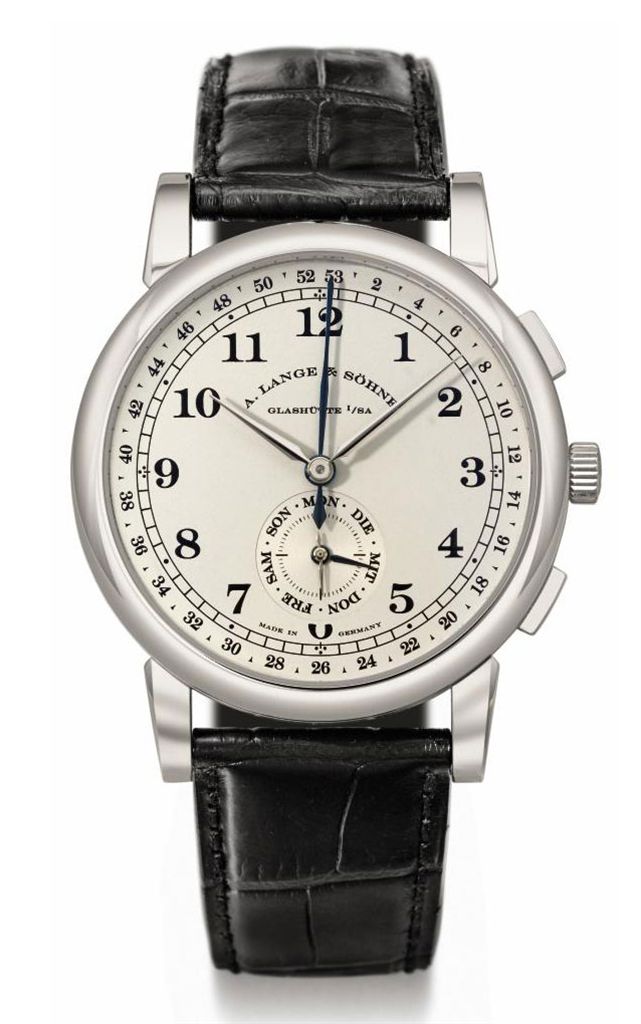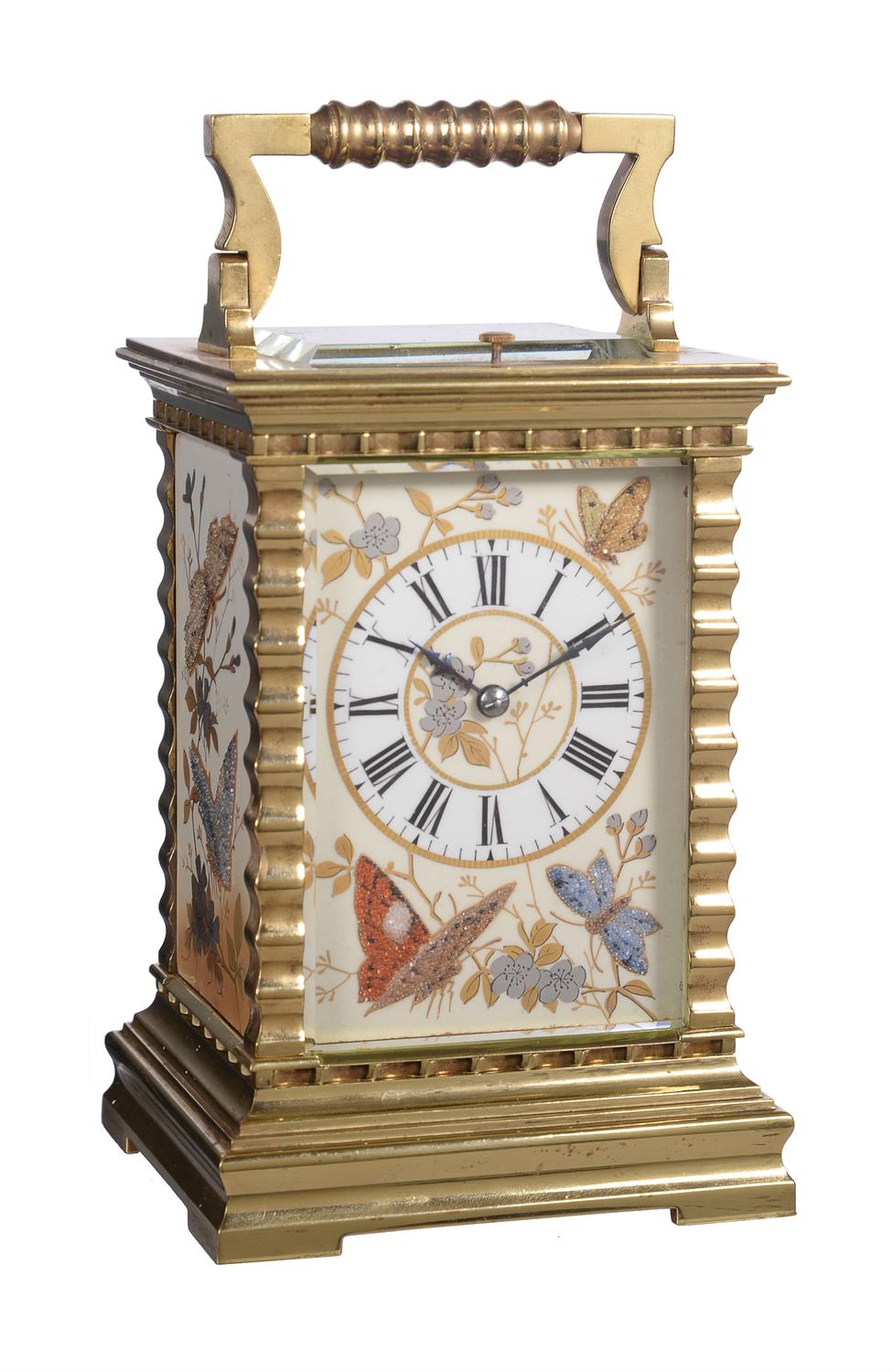Wagon-type Wood and Iron Chassis with Wooden "Piano"-style Condenser Box Double Crane Neck and Double Pumping Bars Steerable Front Beam Axle and Fixed Rear Beam Axle Wood Spoke Wheels Separate suction hose *Extremely rare example of an early American fire-fighting apparatus *Originally used by the Clear Lake, Iowa, Fire Department *Well documented early history *Restored by experts to period-correct appearance THE BUTTON FIRE WAGON Fire-fighting was a critical part of urban life in the early years of the United States. Fast-growing, densely-populated cities were particularly vulnerable to an outbreak of fire, and unless quickly dealt with, could and often did lead to major conflagrations. The earliest fire-suppression method was the bucket brigade, but more efficient methods were soon developed, aimed at placing ever increasing amounts of water on the flames. In the late 1700s and early 1800s, hand-drawn wagons of various types were fitted with rudimentary pumping systems. Manned by groups of volunteers, these vehicles would be hand-pulled to the fire scene and attached to whatever water sources were available. These wagons with their two-stage pumps were operated by large teams of very strong men. In the later 1800s, the development of much heavier wagons fitted with boilers and steam-powered pumps required horse teams. These early fire pumpers were frequently celebrated in the etchings of renowned American lithographers Currier and Ives. THE APPARATUS OFFERED This beautifully presented Fire Wagon, serial number 420, was built in 1856 and delivered new to Clear Lake, Iowa where it was called "Clear Lake #1", according to extensive research completed by marque historian Stan Dixon. From Clear Lake the pumper would head east to Rock Island, Illinois and be renamed "Western #1" before being purchased by a Veteran Firemens Association in Lawrence, Massachusetts in 1900. Far from a relic, it was still in active service with the Firemens Musters and called the "City of Lawrence". In 1921, s/n 420 was sold to the East Somerville, Massachusetts Veteran Firemens Association and given the regal title of "Fire Queen". Finally, in 1926 it travelled to nearby Quincy, Massachusetts earning the name "Granite City". From there a gap in the pumper's history appears until it was found associated with the Society for the Preservation of New England Antiquities (SPNEA) in 1943 and then reappearing again on the West Coast in 1990. Owned for that decade from 1990 to 2000 by retired San Francisco Fire Department firefighter and San Francisco Hook and Ladder Society member Gil Aymeric, it was now carrying the uniquely Bay Area moniker of "The Emperor Norton I" hailing from "the world's most famous unofficial fire company". The pumper was acquired by the current owner, an enthusiast with an extensive collection of historic fire memorabilia, in 2000. Well-kept since then, this historic machine is accompanied by a 1989 letter from Stan Dixon documenting its history.
Wagon-type Wood and Iron Chassis with Wooden "Piano"-style Condenser Box Double Crane Neck and Double Pumping Bars Steerable Front Beam Axle and Fixed Rear Beam Axle Wood Spoke Wheels Separate suction hose *Extremely rare example of an early American fire-fighting apparatus *Originally used by the Clear Lake, Iowa, Fire Department *Well documented early history *Restored by experts to period-correct appearance THE BUTTON FIRE WAGON Fire-fighting was a critical part of urban life in the early years of the United States. Fast-growing, densely-populated cities were particularly vulnerable to an outbreak of fire, and unless quickly dealt with, could and often did lead to major conflagrations. The earliest fire-suppression method was the bucket brigade, but more efficient methods were soon developed, aimed at placing ever increasing amounts of water on the flames. In the late 1700s and early 1800s, hand-drawn wagons of various types were fitted with rudimentary pumping systems. Manned by groups of volunteers, these vehicles would be hand-pulled to the fire scene and attached to whatever water sources were available. These wagons with their two-stage pumps were operated by large teams of very strong men. In the later 1800s, the development of much heavier wagons fitted with boilers and steam-powered pumps required horse teams. These early fire pumpers were frequently celebrated in the etchings of renowned American lithographers Currier and Ives. THE APPARATUS OFFERED This beautifully presented Fire Wagon, serial number 420, was built in 1856 and delivered new to Clear Lake, Iowa where it was called "Clear Lake #1", according to extensive research completed by marque historian Stan Dixon. From Clear Lake the pumper would head east to Rock Island, Illinois and be renamed "Western #1" before being purchased by a Veteran Firemens Association in Lawrence, Massachusetts in 1900. Far from a relic, it was still in active service with the Firemens Musters and called the "City of Lawrence". In 1921, s/n 420 was sold to the East Somerville, Massachusetts Veteran Firemens Association and given the regal title of "Fire Queen". Finally, in 1926 it travelled to nearby Quincy, Massachusetts earning the name "Granite City". From there a gap in the pumper's history appears until it was found associated with the Society for the Preservation of New England Antiquities (SPNEA) in 1943 and then reappearing again on the West Coast in 1990. Owned for that decade from 1990 to 2000 by retired San Francisco Fire Department firefighter and San Francisco Hook and Ladder Society member Gil Aymeric, it was now carrying the uniquely Bay Area moniker of "The Emperor Norton I" hailing from "the world's most famous unofficial fire company". The pumper was acquired by the current owner, an enthusiast with an extensive collection of historic fire memorabilia, in 2000. Well-kept since then, this historic machine is accompanied by a 1989 letter from Stan Dixon documenting its history.



.jpg)










Try LotSearch and its premium features for 7 days - without any costs!
Be notified automatically about new items in upcoming auctions.
Create an alert